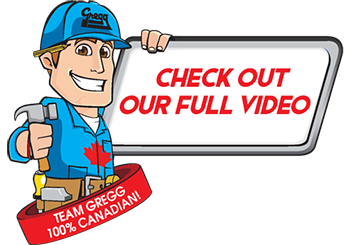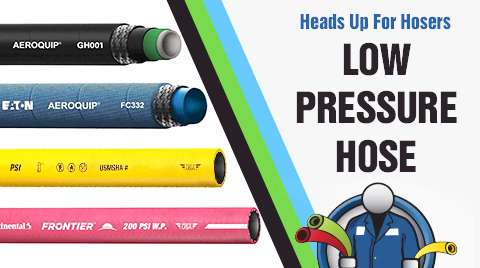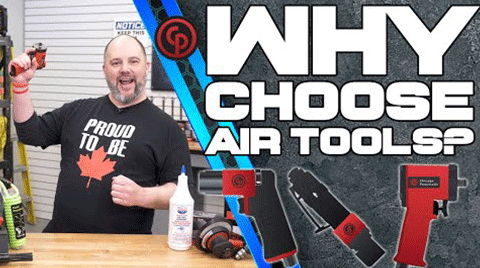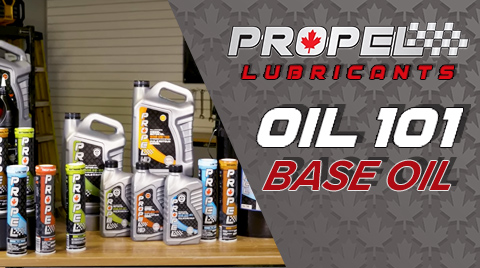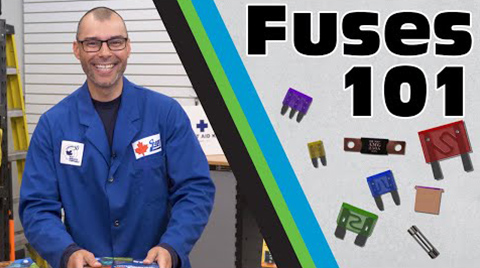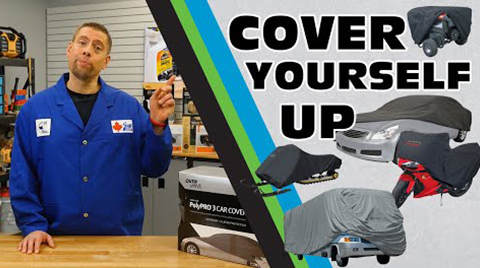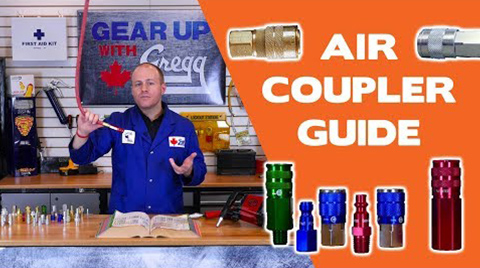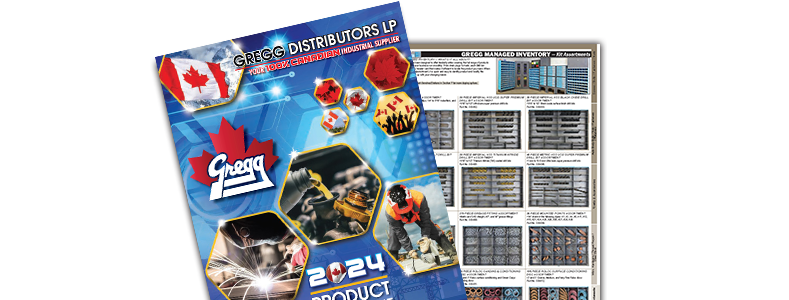Oil well blowouts are one of the most tragic and expensive accidents that can happen in the petroleum industry. If a blowout occurs, it could ignite into a deadly firestorm. This is why in modern drilling operations there are many safeguards in place to prevent such things from happening. This includes the blowout preventer system.
Gregg Distributors carries many of the hydraulic components that connect to the Blowout Preventer or BOP to ensure it’s operational. Before we get into the components that we carry, we need to have a basic understanding of drilling for oil and gas, along with what a blowout is and how a BOP works to prevent a blowout.
Alberta is built on oil, in fact, there are pockets of oil and gas thousands of feet underneath where we walk every day. Once discovered, the process of drilling to extract it commences. We see many of these oil rigs every day here in Alberta but I would be willing to bet that most of us don’t even have a clue as to how oil is extracted?!
How Oil can be Extracted
The rig will start to drill into the earth. As the drill bit gets deeper and deeper into the earth, sections of steel pipe, also known as the casing, are placed into the hole. Cement is placed between the outside of the casing and the drilled hole in the ground to provide some stability to the hole; this is known as the wellbore. As the drill bit gets deeper, the rock cuttings need to be removed and constant pressure needs to be maintained inside the wellbore. This is done by pumping “drilling mud” down the drill pipe until it exits at the drill bit then overflows & exits at the top of the hole. Drilling mud is usually a mixture of water, clay, weighing material, and chemicals.
During setup and operation, there are many problems that can arise, and one is the potential for a blowout. As you can imagine, the process of drilling and extracting oil from the earth is done under an extreme amount of pressure. The drilling process has counteracting measures, such as the use of the mud we mentioned before, to keep the pressure balanced. A blowout happens when the pressure becomes unbalanced. Pressure can become unbalanced in a multitude of different situations. This causes the oil or gas being extracted to be released uncontrollably and accidentally from the wellbore. The oil can be so volatile that any open flame or even a single spark can cause a potentially catastrophic disaster.
Blowout Prevention
One of the first lines of defense when preventing such an accident is the Blowout Preventer System or B – O – P.

BOPs are used to cope with erratic pressures and uncontrolled flow. In a blowout preventer stack, as seen here, there are usually multiple types of BOPs. It is not important to go into the specific operation of the BOPs themselves but the basic application of all of them is the same. The BOPs sit in a stack on top of the wellbore, but below the rig, and work in different ways to achieve the same goal; to seal off the well in the case of an emergency.
Most BOPs are operated by hydraulics, getting the hydraulic fluid from the reservoir and pump to the BOPs. This is done through a specialized BOP Hose and then connected to the BOPs using specially rated fittings and couplers. These components are special due to the fact they may have to operate under extreme heat or even fire. Because of these conditions, BOP hoses are designed past any specification you will find in a standard hydraulic hose. On the BOP stack itself, these types of hoses are required to be installed closest to the well.
What Makes the BOP Hose Unique to other Hydraulic Hoses?
- They are typically identified but are not exclusively designed with a red or pink colored cover
- They are usually stamped with the letters BOP
- There is usually a red sleeve around the end of the hose that is used for extra heat and fire protection
- They are built with an outside diameter that will measure far larger than a typical hydraulic hose of the same size.
- BOP hoses are built to Lloyds BOP flame resistance specifications that exceed the ratings found on typical hydraulic hoses
Lloyd’s register is an organization that provides quality assurance and certification for many products in the energy sector. They inspect and approve important components and aim to enhance the safety of life and the environment. One way that Lloyd’s provides quality assurance in the oil and gas industry is the Lloyds fire certification. Lloyds fire tests the hose to withstand a minimum of 5 minutes of 700-degree Celsius flame temperature at maximum working pressure without failure.
All of these designs are there for a reason. Identification is one of them, but the key reason is extending the lifespan of the hose during a potential disaster. If the hose were to fail during a fire, the well would open up under the pressure and the result would be an intense explosion. The safeguards on the hoses do not make them fireproof but instead, allow the workers time during a fire to either get control of the situation or flee the area with their lives. To put it bluntly, the BOP system is a potential lifesaving system.
Our Selections
B.O.P. Hoses
Here at Gregg Distributors, we offer Two Brands of B.O.P Hose.
Continental Prospector Hose
First is the Continental Prospector hose. This hose is available in pressures up to 5,000 PSI. It is constructed with a black nitrile tube, 2 wire-braid steel reinforcement, and a pink neoprene-wrapped finish on the cover. We offer this hose in inside diameter measurements of 3/8, ½, ¾, and 1”. The fitting styles offered with this hose are rigid male pipe straight fittings, as well as JIC fittings in straight, 45-degree, and 90-degree orientations.
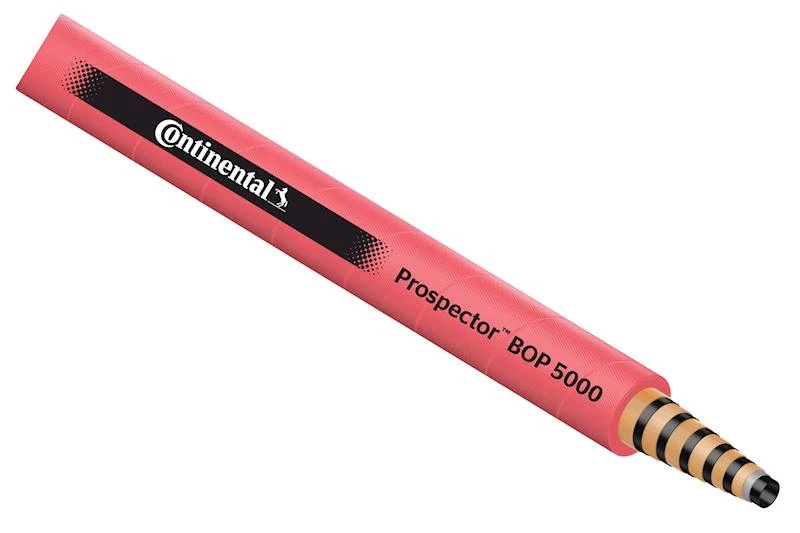
NRP Jones Fire-Flex BOP Hose
We also carry an NRP Jones Fire-Flex BOP hose. We offer this line in both 3,000 PSI and 5,000 PSI options. In the 3,000 series, it is offered in 3/8” to 1” inside diameter. On the 5,000 PSI option, we offer 3/8” to 2” inside diameter options. Like the Continental hose, the Fire-Flex has a black nitrile tube, and steel wire reinforcement. The cover consists of a red fiberglass-impregnated, flame-resistant specialty compound. The fitting assortment consists of rigid straight male pipe ends, as well as JIC in straight, 45, 90, and long drop 90-degree orientations.

B.O.P. Couplers & Fittings
Now, if a quick connecting coupler is right for your BOP application we have you covered. At Gregg’s, we carry the Eaton/Hansen and Perfecting BOP couplers.
Hansen Fire-Rated BOP Couplers
The Hansen Fire Rated Blow Out Preventer Couplers are a Series B style found in many hydraulic applications. The key difference being the BOP series has Lloyd’s Certification for fire rating. This gives them a temperature rating of 700 degrees Celsius. They are also stamped with BOP and colored red on both the coupler and the tip for identification. The couplers are available in 3,000 PSI in ½” and 3/4” sizing. There is also a 1” option rated to 4,000 PSI. These make it very easy to connect and disconnect without the risk of cross-threading and connecting the hose to the BOP units.
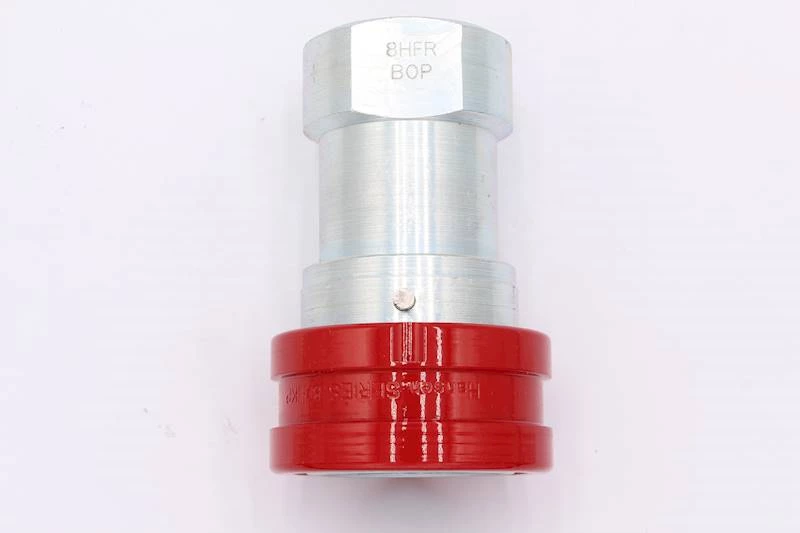
BOP Fittings
The Perfecting series is a wing-style coupler rated to 5,000 PSI in sizes ranging from ¾” all the way to 2”. Unlike the Hansen, they are a screw-together style coupler with a winged female half. But like the Hansen style, they are Lloyds certified to 700 degrees Celsius.
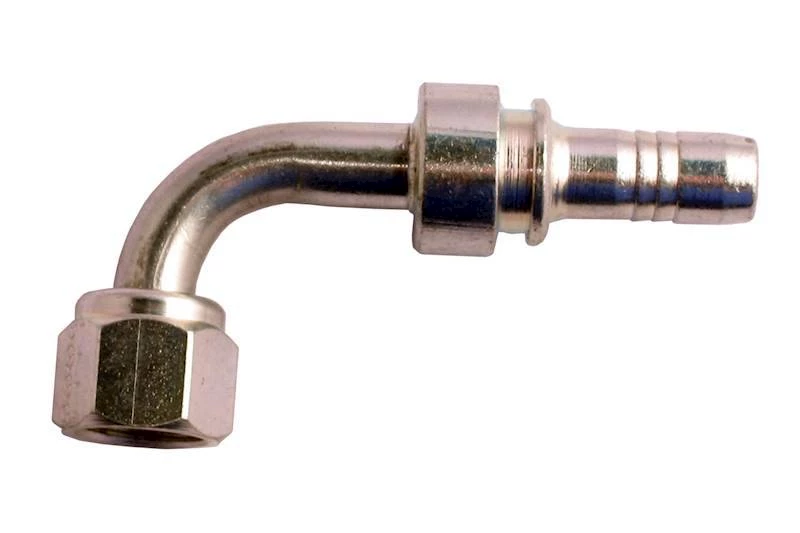
Phew, what a blowout of info! If you need to know any more about BOP hose and fittings, blow past those other guys and come into any of our full-service hose shops, we’d be glad to help you out. Our hose shop is fully certified to make BOP hose assemblies and keep your job site safe. If you have any questions feel free to contact us here, and don’t forget to give us a follow-on social media and subscribe to our email list so you can stay up to date with things happening here at Gregg Distributors!
